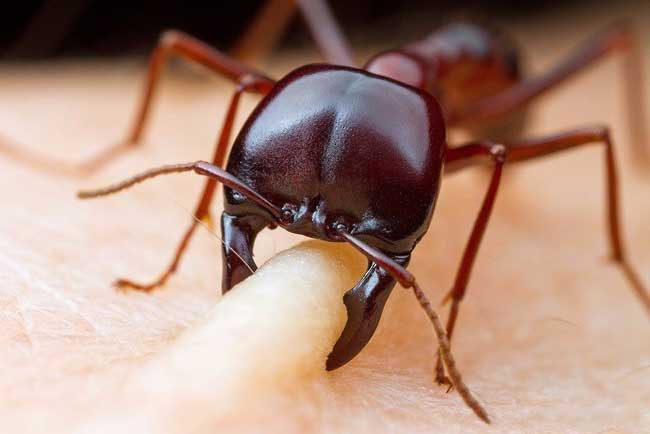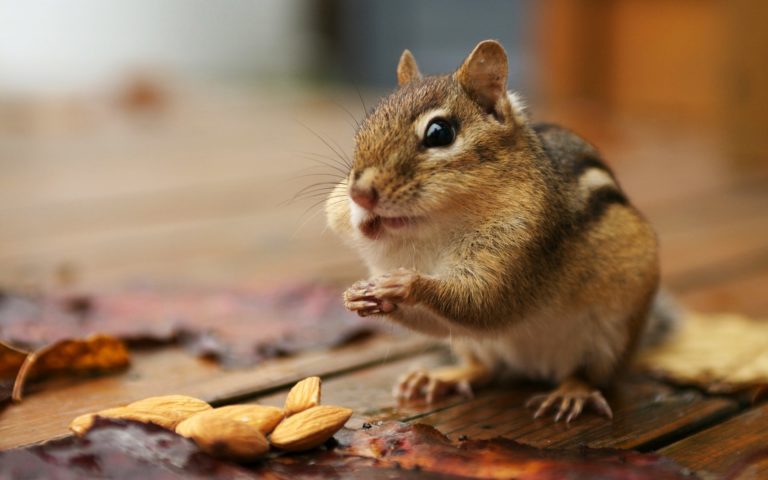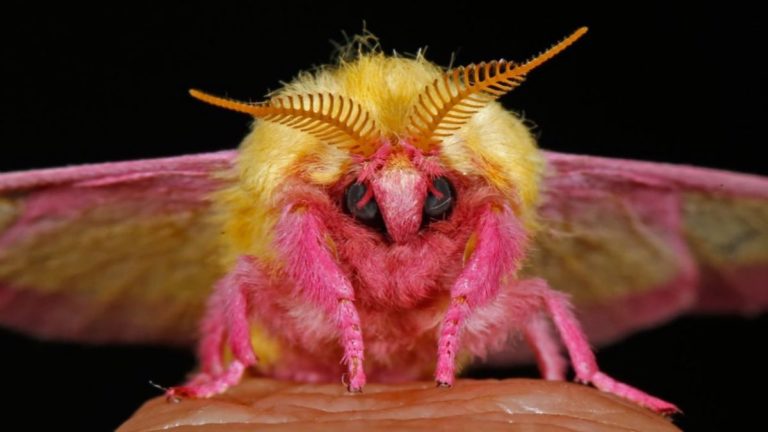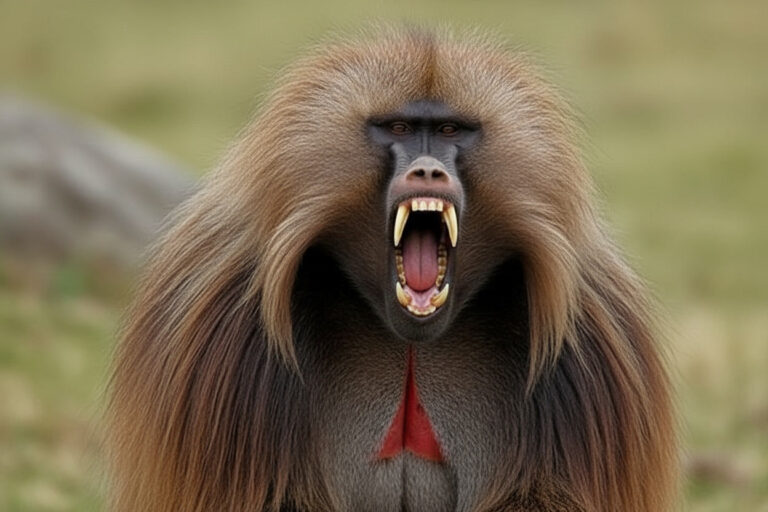The World’s Most Dangerous Ants You Should Never Mess With
For most of us, ants seem like harmless little creatures — tiny insects we brush off our picnic tables without a second thought. But think again. Some species of ants are among the most dangerous insects on Earth, capable of inflicting intense pain, triggering deadly allergic reactions, or even overwhelming victims with sheer numbers.
There are more than 12,500 known species of ants across every continent except Antarctica. Thankfully, only a few are truly life-threatening — but those few are enough to make you think twice about underestimating them.
Here’s a look at 10 of the world’s most dangerous ants that you’ll definitely want to avoid.

Army Ants
Habitat: Africa, South America, Asia
Army ants are among the most feared ants on the planet — and for good reason. These blind, nomadic insects attack in massive swarms, overwhelming anything in their path. Each worker ant wields a sword-like sting nearly half the length of its body, and their aggression is unmatched.
They don’t hesitate to attack prey much larger than themselves, relying on numbers and speed to create chaos. Once a swarm begins, panic spreads fast — and that’s exactly how they bring down their victims.
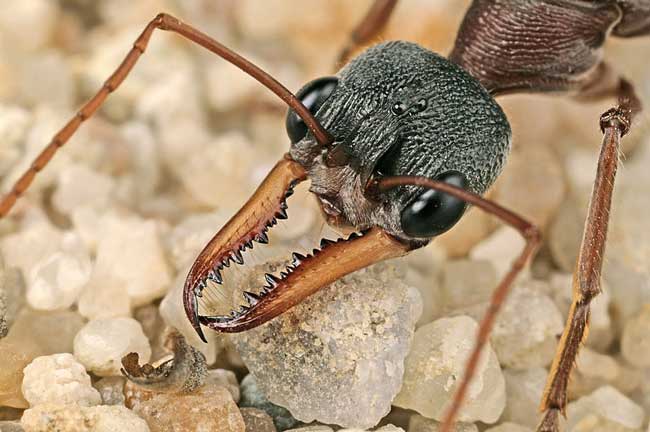
Bulldog Ants
Habitat: Australia
According to the Guinness World Records, bulldog ants are officially the most dangerous ants in the world. Responsible for several human deaths, these aggressive Australian natives combine power, speed, and precision.
When attacking, they bite with long, toothed mandibles and then sting repeatedly, injecting potent venom each time. The result? Excruciating pain, swelling, and in severe cases, death within 15 minutes.
To make matters worse, bulldog ants can jump several centimeters, making escape even harder. If you see one, keep your distance — they’re not afraid of humans.
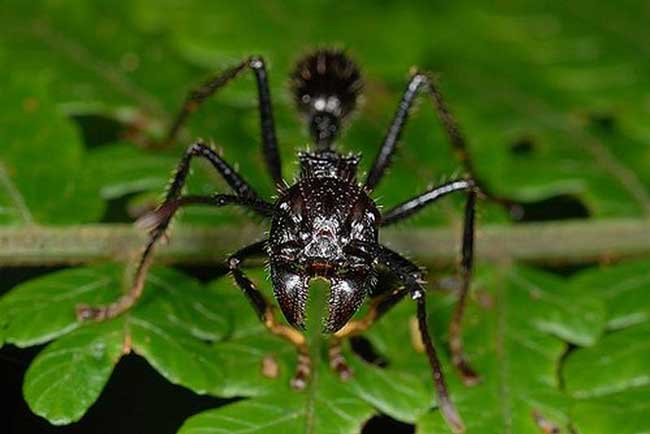
Bullet Ants
Habitat: Central and South America
If pain had a name, it would be the bullet ant (Paraponera clavata). Known for delivering one of the most painful stings in the animal kingdom, it’s often described as feeling like being shot — hence the name.
The venom affects the nervous system, causing muscle spasms, burning, and pulsating pain that can last over 24 hours. Although not usually fatal unless you’re allergic, the agony alone is unforgettable.
On the bright side, bullet ants are not aggressive by nature — they only attack when provoked.
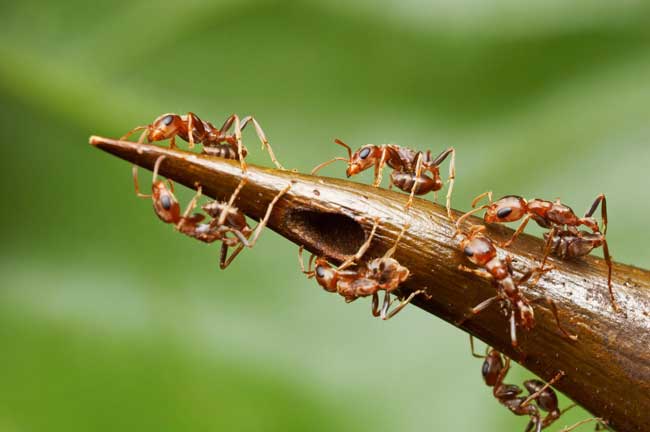
Acacia Ants
Habitat: Central America
The relationship between acacia ants and their host trees is fascinating — and a little dangerous. Newly mated queens bore into the hollow thorns of acacia trees to lay their eggs. The resulting colony defends the tree fiercely, attacking anything that comes near.
Their bites produce sharp, throbbing pain, and they attack in large numbers if their tree is disturbed. Many even leap from the branches to defend their territory. So, if you’re in Central America, admire acacia trees from a distance.
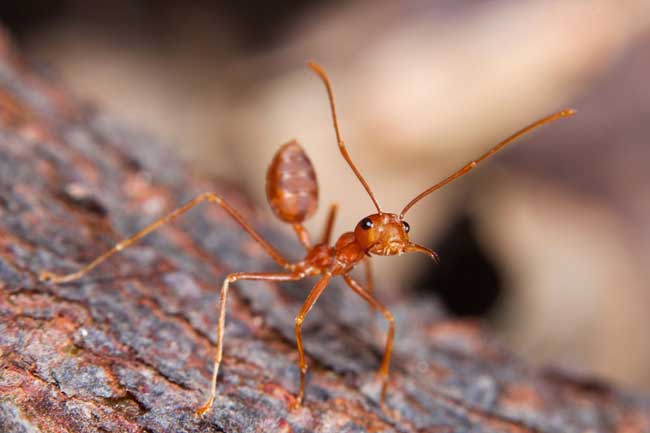
Red Fire Ants
Habitat: Southeast Asia
Fire ants are a common sight in parts of Southeast Asia — and a common cause of emergency room visits. There are over 200 species of fire ants, but all share one trait: their sting feels like fire.
They bite to grip their target, then sting repeatedly to inject a toxic alkaloid venom that causes burning, itching, and swelling. In large numbers, their coordinated attack can trigger severe allergic reactions or even anaphylactic shock.
A single fire ant may sting multiple times, and a colony can overwhelm its victim within seconds.
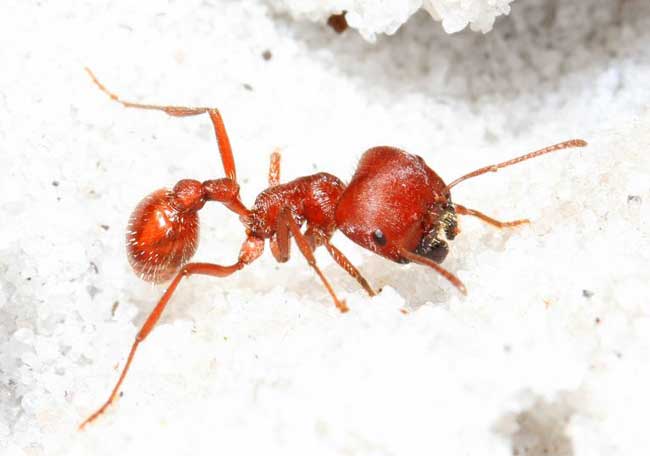
Florida Harvester Ants
Habitat: Florida, USA
At first glance, the Florida harvester ant seems harmless — a tiny seed collector scurrying through the sand. But beneath its calm exterior lies a venom more toxic than a cobra’s (gram for gram).
They use this venom to defend their nests and kill small animals like horned lizards. In humans, the sting causes intense pain, redness, and sticky swelling that lasts for hours. While not aggressive, they’ll defend their territory with lethal precision if disturbed.
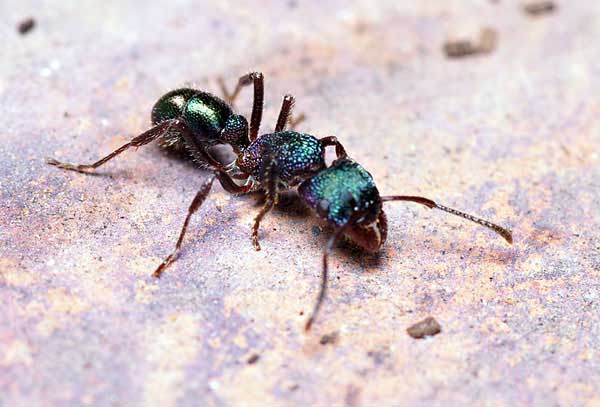
Weaver Ants
Habitat: India, Sri Lanka, South Asia, Northern Australia, Melanesia
Known for their ingenious leaf nests, weaver ants use silk produced by their larvae to stitch leaves together high in the trees. Their colonies can span dozens of trees and contain over half a million workers.
These ants don’t sting, but their powerful jaws deliver painful bites that feel like tiny skin punctures. They also spray acid onto the wounds, adding an extra sting to the experience.

Black Bulldog Ants
Habitat: Australia
A close cousin of the red bulldog ant, the black bulldog ant is another deadly species from Australia’s outback. These diurnal hunters live in open forests and scrublands, where they prey on small insects — and sometimes attack anything that moves too close.
Between 1980 and 2000, black bulldog ants were linked to four human deaths. Their stings can trigger severe allergic reactions, leading to rapid heartbeat, blood pressure drops, and anaphylaxis.
Without treatment, a few stings can be fatal. If stung, applying ice or antiseptic spray can help reduce pain — but medical attention is essential for any allergic response.
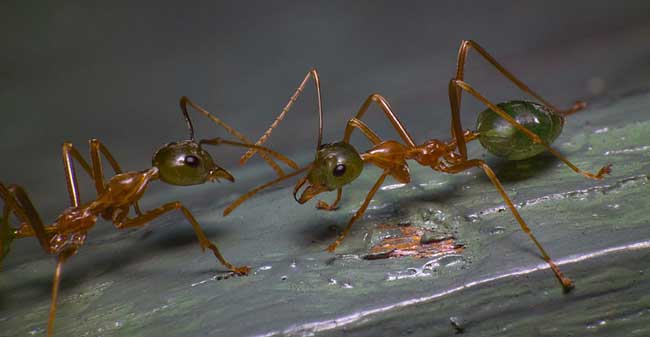
Green-Headed Ant (Rhytidoponera metallica)
Habitat: Australia
With their shimmering metallic colors — ranging from emerald green to purplish red — green-headed ants may look beautiful, but they’re also dangerous.
Their sting delivers intense pain, followed by itching, swelling, and sometimes vomiting. In rare cases, their venom triggers anaphylactic shock, which can be fatal if untreated. Even one sting should never be taken lightly.
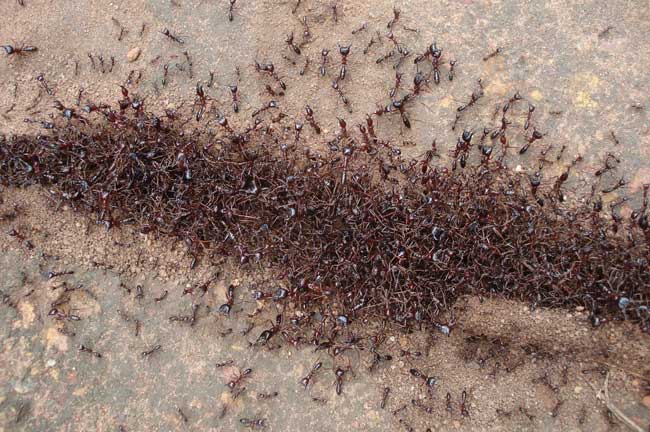
Siafu (Driver Ants)
Habitat: Eastern and Central Africa
Known by many names — Siafu, driver ants, or safari ants — these fearsome insects are legendary across Africa. They travel in colossal swarms of millions, devouring anything in their path.
Their massive, razor-sharp mandibles can tear flesh in seconds, and though they can sting, their jaws are their main weapon. Siafu colonies are nomadic, setting up temporary camps while their queen lays eggs, then moving on.
They rarely seek out humans, but if you cross their path, expect a fierce defense. Their bites are powerful enough to injure snakes, lizards, and small mammals — and they can latch onto skin so tightly that locals once used them as natural sutures in emergencies.
Tiny Creatures, Massive Danger
From the jungles of the Amazon to the deserts of Australia, ants prove that size doesn’t define power. Whether it’s the electric pain of a bullet ant or the deadly venom of a bulldog ant, these tiny insects remind us that nature’s most dangerous predators don’t always come with claws or fangs.
So next time you see a trail of ants — especially in the wild — it might be wise to give them plenty of space.

